More perennials to identify
7 years ago
Featured Answer
Sort by:Oldest
Comments (18)
- 7 years ago
Related Discussions
Help identifying perennial
Comments (6)Also called resurrection lilies, naked ladies. They get the energy to grow quickly and bloom from the leaves which emerge in the spring and then die back so when you decide where to plant be sure to mark the area so you don't forget they are there and dig into the bulbs because you think the spot is bare. I plant a lower growing perennial in front of them to hide the bare spot. The blooms last 1-2 weeks depending on how hot the weather is during that time. I trim off the faded blossoms as they wilt....See MoreCan anyone identify this perennial?
Comments (9)Grief, I HATE that whole dwarfing thing going on - bad enough that plants are selectively bred for innate height restriction but mucking about with gibberellin inhibitors to keep plants small (for a season) really infuriates me beyond reason. Why? The plants invariable retain large flowers on a stunted looking plant (the travesty campanula lactiflora 'pouffe' is one that makes me desire to crush it under my heels). I am always on the lookout for tall graceful perennials but will accept that people like little cushiony ones too (I like the little alpine pinks and armeria, androsace, aubretia, as much as anyone) but a plant such as platycodon is disusting as a squat little thing when, left to its own devices, it will gain a height of 70cm (2.5feet), swaying gently while still remaining utterly self-supporting - what could there be to not like about that?...See Moreperennial snapdragon identify please
Comments (8)1) Antirrhinum majus is a perennial, but due to the fact that it develops rust(or some such problem), it frequently is treated as an annual even in zones where it could be perennial. 2) Experienced zone 3 gardeners (and I include the "experienced" because that can be important in knowing that the plant overwintered, rather than reseeded)have reported instances of their A. majus overwintering...not necessarily reliably, but it does happen. 3) There are several pink/orange cultivars. For a while, that was an easy color to get starts of, but around here, that color is more difficult to get in recent years; I don't recall the name of the one I used to get, but it would reseed for me (more so than other cultivars I've had). 4) It wouldn't surprise me that a combination of factors resulted in a particular plant surviving in zone 5: a micro-climate, good snow cover, a plant with a tendency for more cold hardiness than normal. I don't think your best bet is to buy more (unless it ends up not being A. majus), but to collect seeds from your plant and try growing them. The reason is that I suspect your individual plant perhaps has some tendency to survive colder weather that you wouldn't find in the plants you bought....See MoreIdentify my perennials + Floppy Day Lillies?
Comments (7)The yellow flower is definitly euphorbia -- Euphorbia cyparissias or cypress spurge. It's listed as noxious weed in Connecticut and is poisonous if ingested (people may get a skin rash from contact with the milky sap). In Connecticut, it's one of the 61 plants governed by this statement under "Noxious Weeds" from the CT Ag Station: Prohibited Plant List: As of October 1, 2004, Connecticut state law (Public Act # 04-203) prohibits anyone from importing, moving, selling, buying, cultivating, distributing, or transplanting 61 species of invasive plants, regardless of any municipal ordinance to the contrary. The 61 banned plants are as follows: (and then there's a list, which you can find at http://www.ars-grin.gov/cgi-bin/npgs/html/taxwdlx.pl So I wouldn't take it to the plant swap if you live in Connecticut! Here is a link that might be useful: Cypress Spurge: Euphorbia cyparissias...See More- 7 years ago
- 7 years ago
- 7 years agolast modified: 7 years ago
- 7 years ago
- 7 years ago
- 7 years ago
- 7 years agolast modified: 7 years ago
- 7 years ago
- 7 years ago
- 7 years ago
- 7 years agolast modified: 7 years ago
- 7 years ago
- 7 years agolast modified: 7 years ago
- 7 years ago
- 7 years ago
- 7 years ago
Related Stories

PLANTING IDEASWant a More Colorful, Natural Garden? Try a Perennial Meadow
Spend less time tending and more time taking in the sights by improving on Victorian and prairie garden designs
Full Story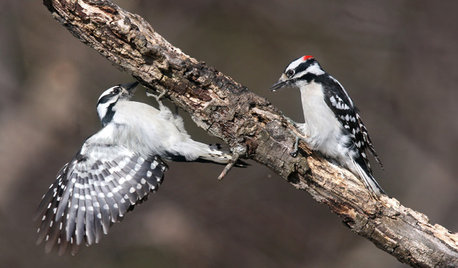
GARDENING FOR BIRDSBackyard Birds: How to Identify Two Common Woodpeckers
Downy and hairy woodpeckers have similar coloration and behavior. But there are two big differences that separate them
Full Story
You Said It: ‘The More Dents, the Better’ and More Houzz Quotables
Design advice, inspiration and observations that struck a chord this week
Full Story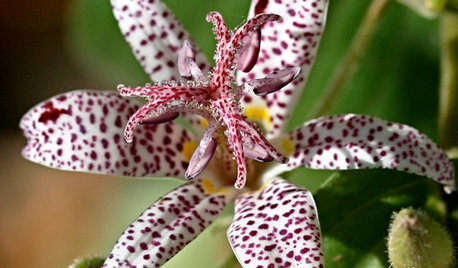
SUMMER GARDENING10 Perennials to Extend Your Garden's Summer Color
Revive summer-weary gardens with outstanding late bloomers such as toad lily, Russian sage, blanket flower and more
Full Story
GARDENING GUIDES10 Cold- and Heat-Tolerant Perennials and Shrubs for the Arid West
These flowering native plants shrug off the cold of winter and heat of summer while adding beauty to the drought-tolerant landscape
Full Story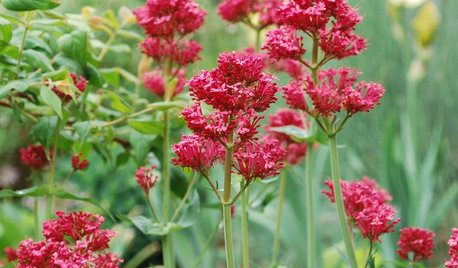
GARDENING GUIDES6 Lovely Water-Wise Perennials for High Altitudes
Even if your climate is cold and dry, you can still celebrate spring with these hardy and colorful perennials
Full Story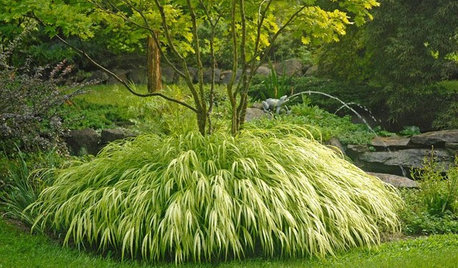
PRODUCT PICKSGuest Picks: 20 Gorgeous Perennials to Plant Now
Take advantage of warm spring weather to create a colorful garden with blooming plants, succulents and ornamental grasses
Full Story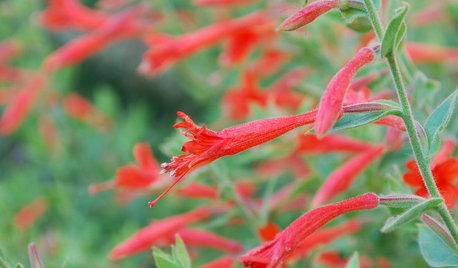
SUMMER GARDENING6 Water-Wise Perennials for Blazing High-Altitude Summers
Scorching weather and high elevations don't have to mean scraggly plantings. These blooms are as gorgeous as they are tough
Full Story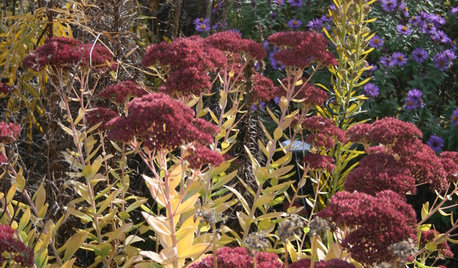
GARDENING GUIDES8 Perennials for Great Fall Color
Trees haven't cornered the market on autumn splendor. Add these flowering perennials for a foliage sight to behold
Full Story
GARDENING GUIDESTop 12 Summer-Blooming Perennials for Deer-Resistant Drama
Can you have garden color, fragrance and exciting foliage with hungry deer afoot? These beauties say yes
Full Story



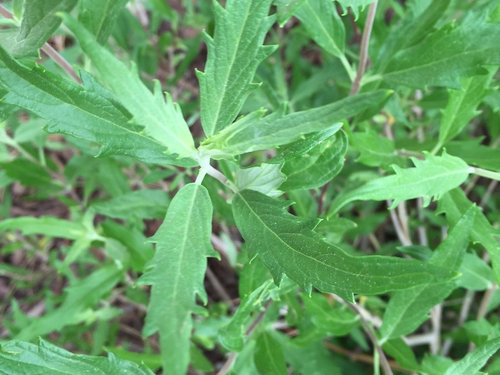
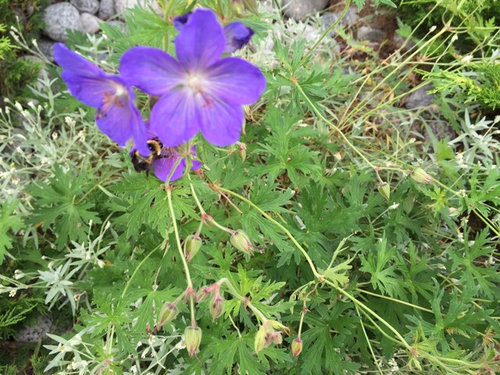
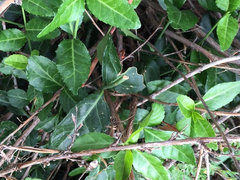
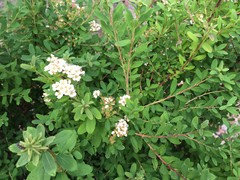
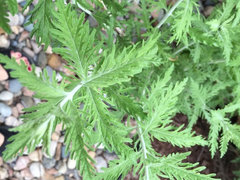
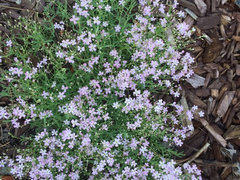
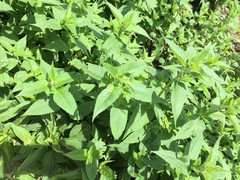
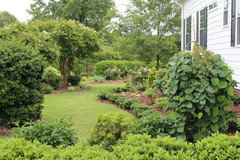
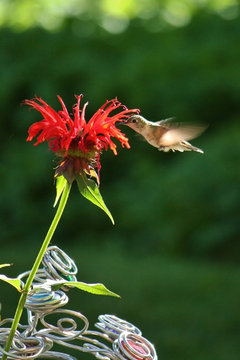
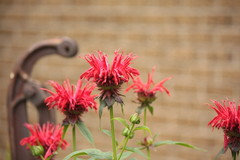

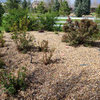
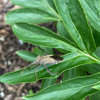
Skybird - z5, Denver, Colorado